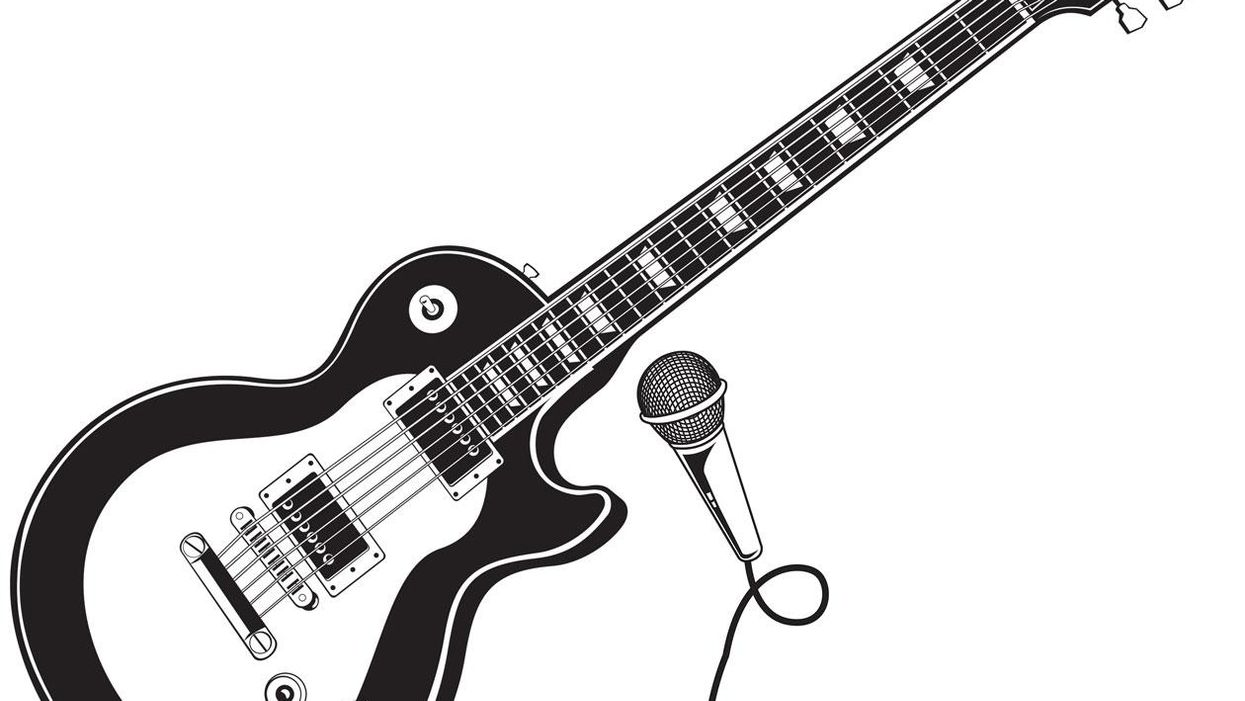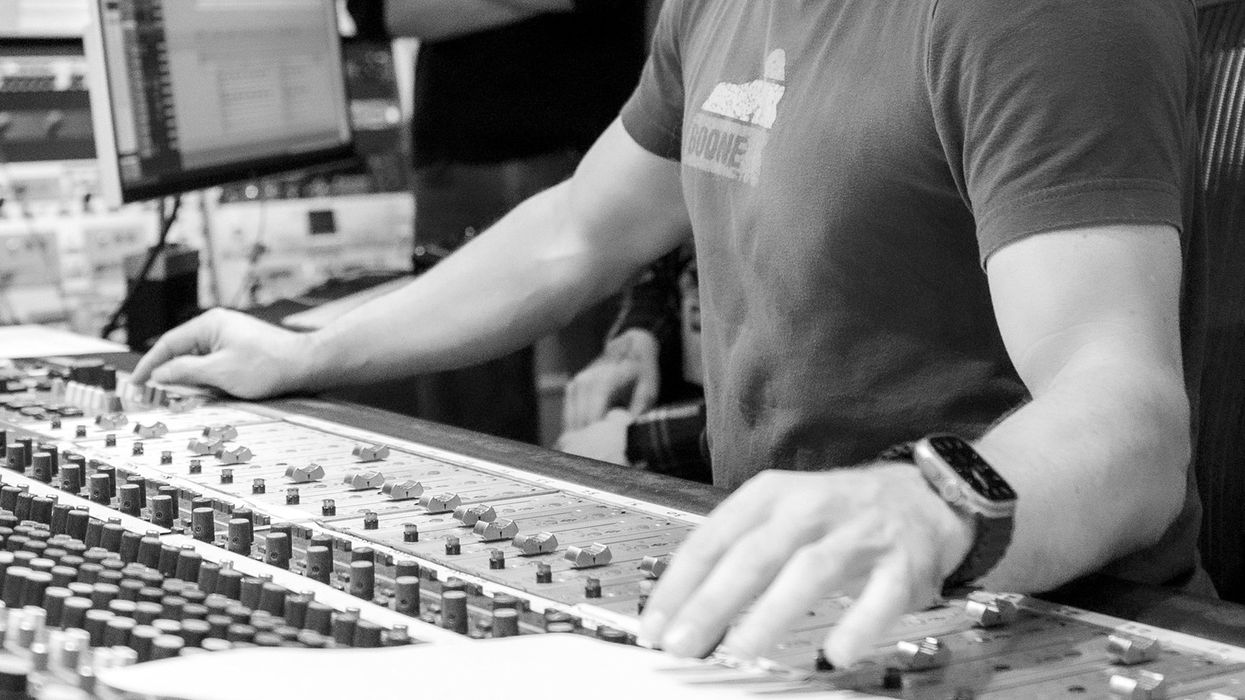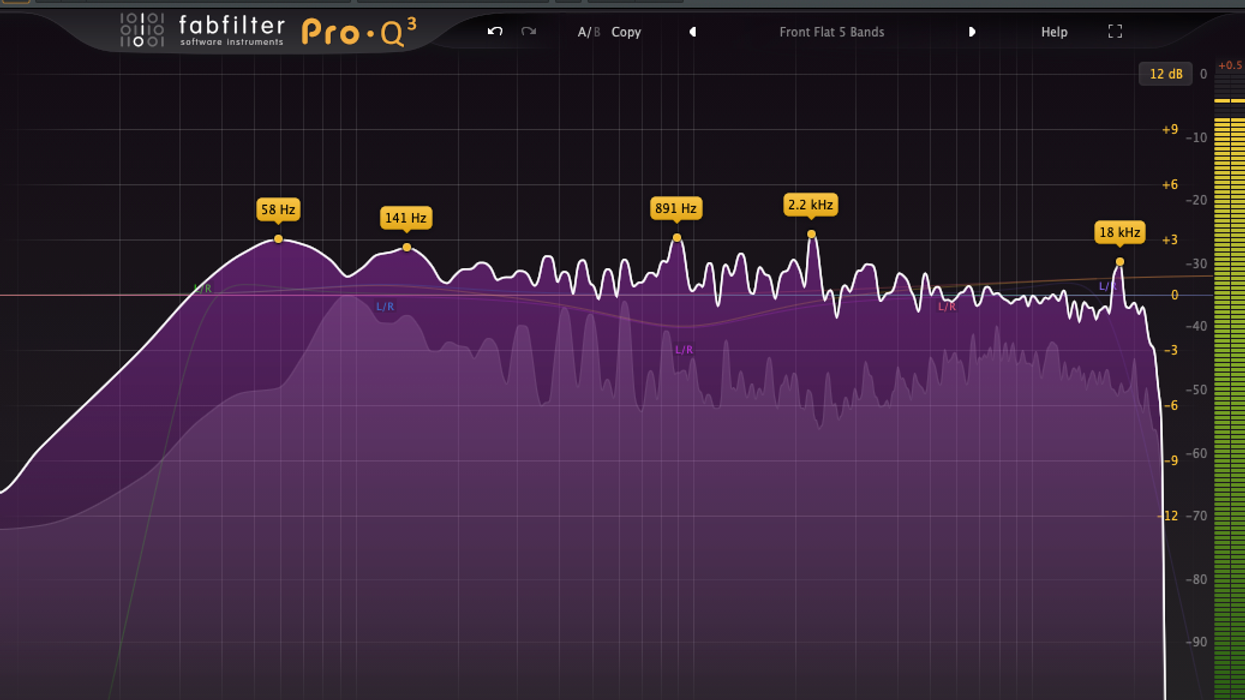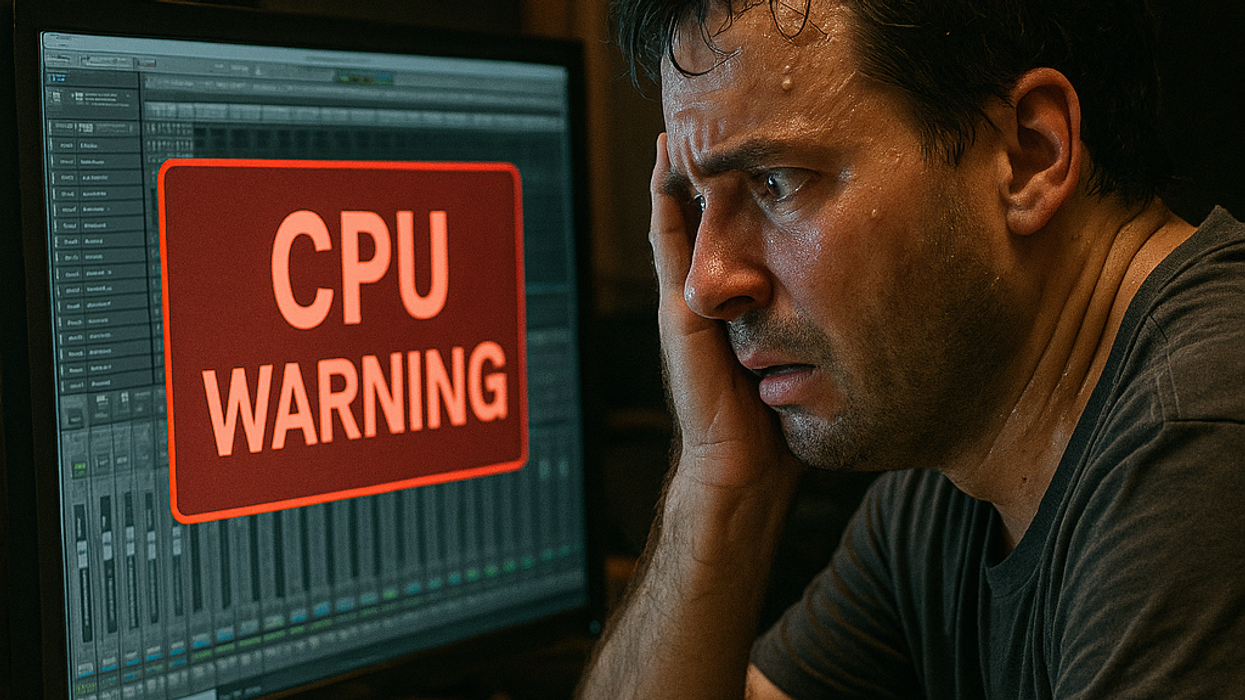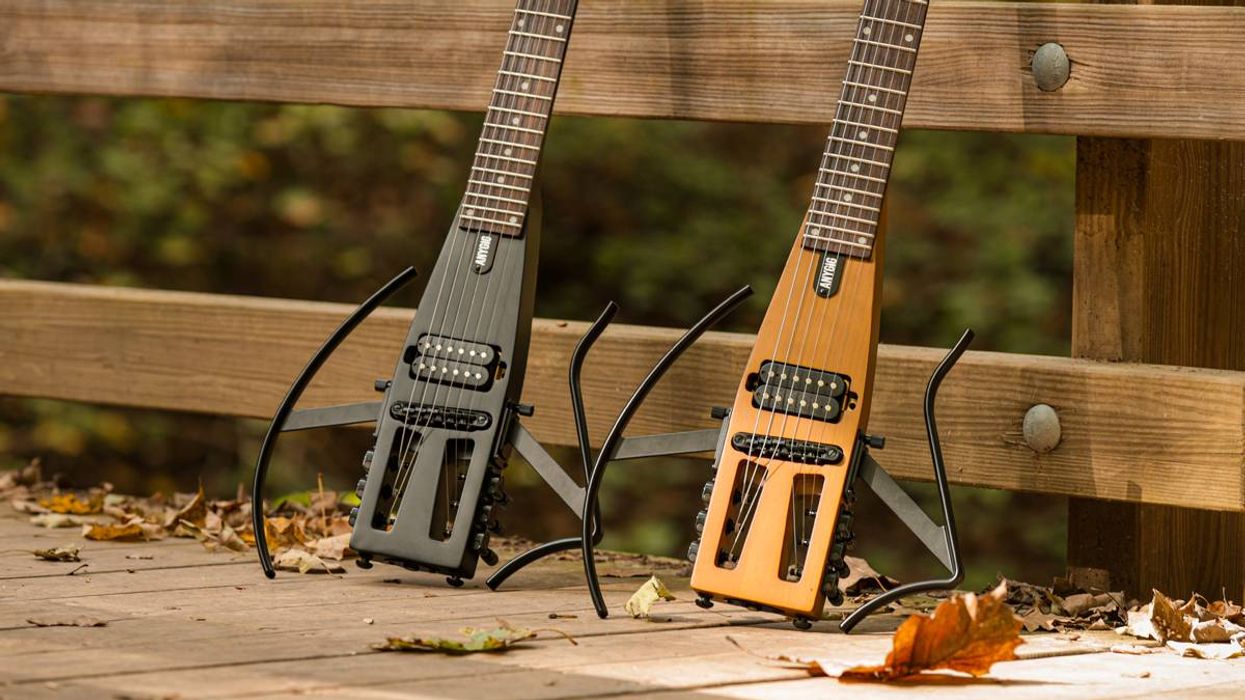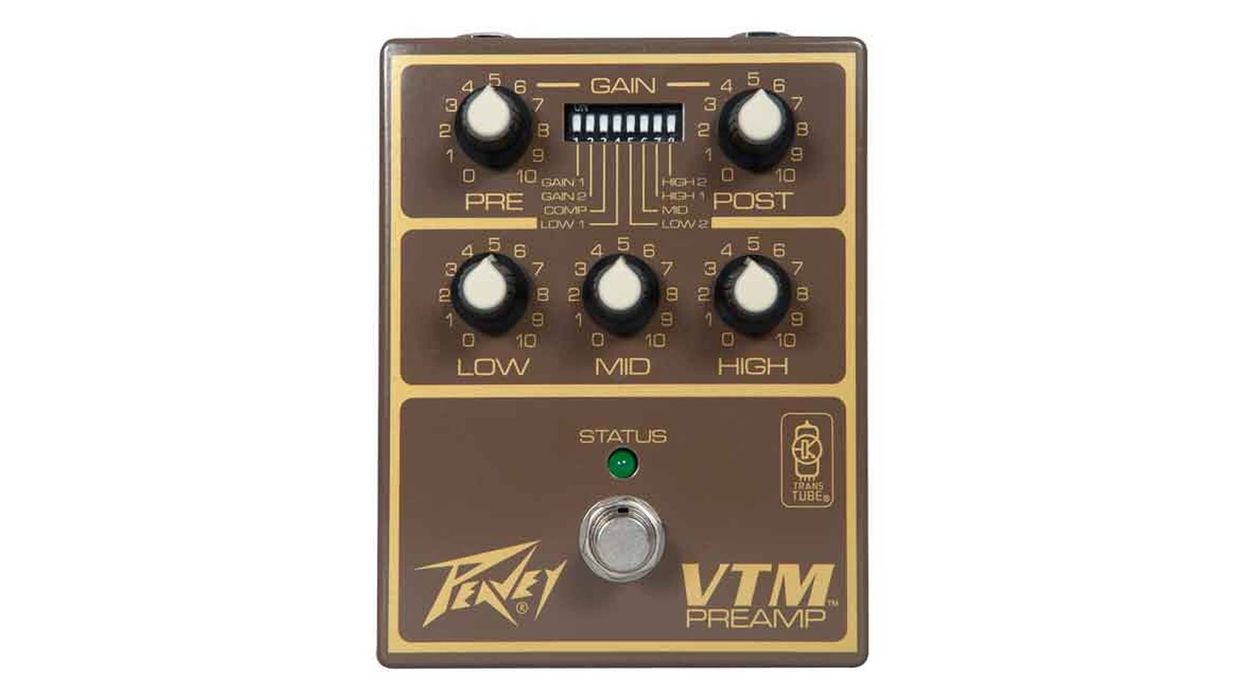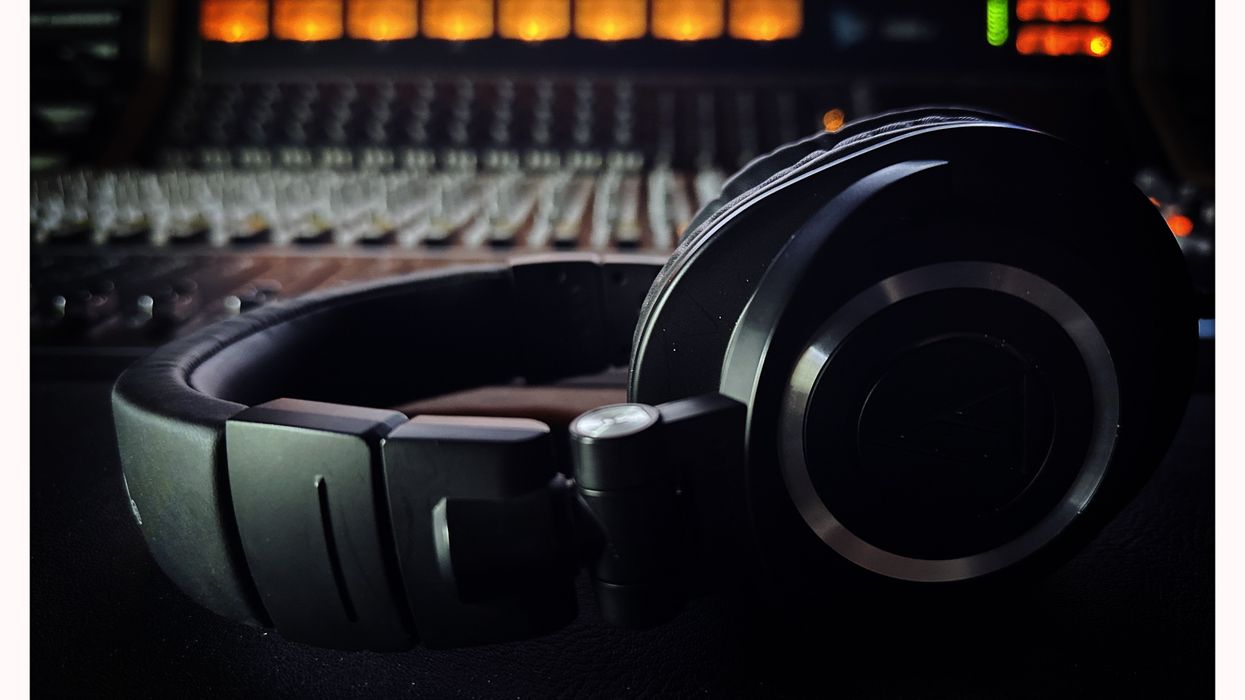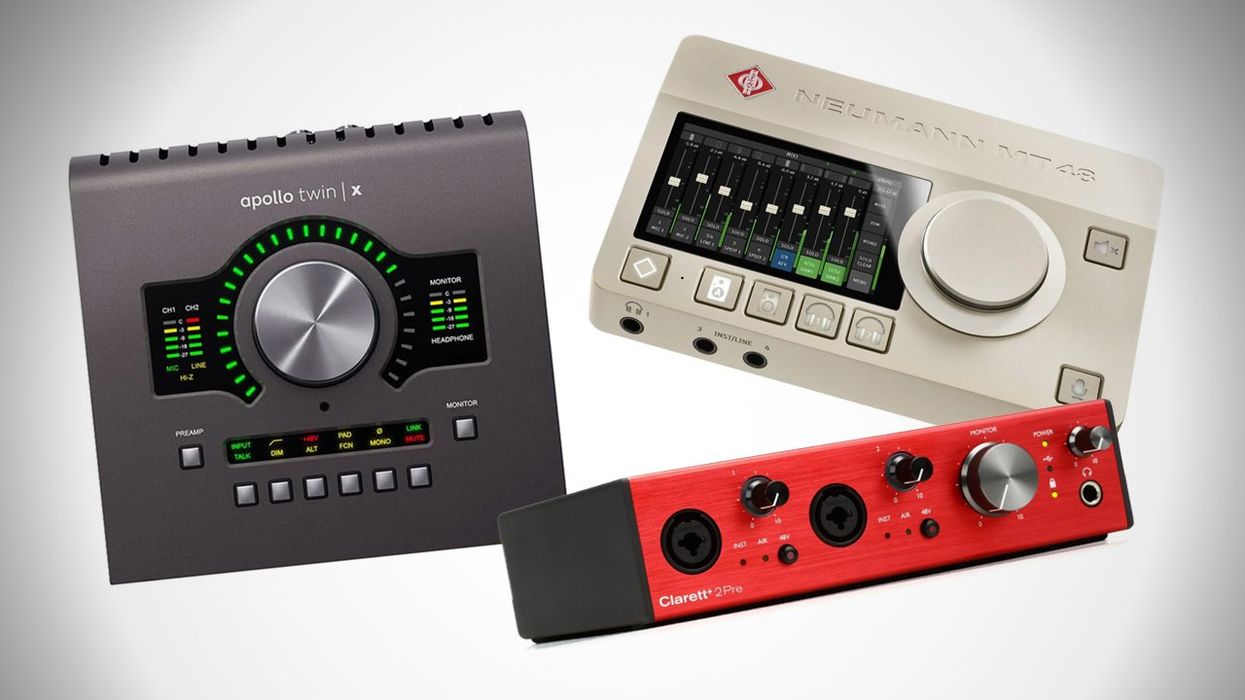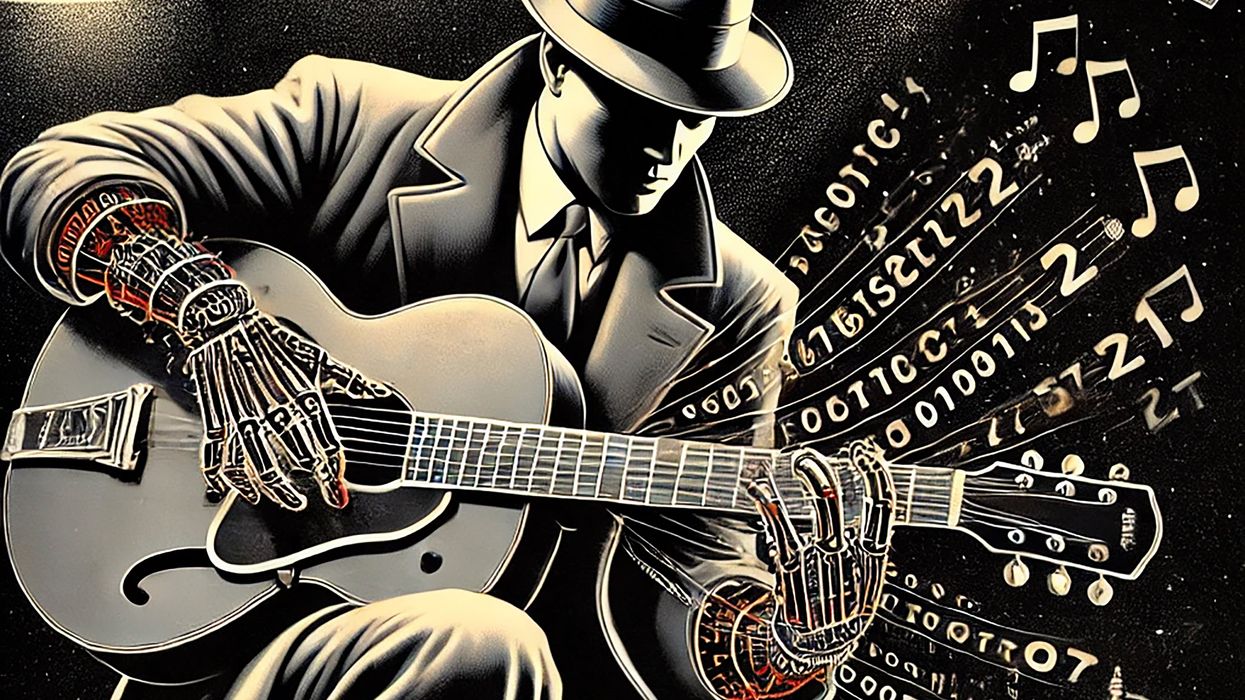Hello everyone, and welcome back to the Dojo. This month we are going to do something rarely done and counterintuitive. We are going to mic our electric guitar in addition to the amp! Why? Because there is something to be gained. The Dojo is now open, so let's get started.
I first remember hearing about this technique back in 1989, when I bought the CD Different Trains/Electric Counterpoint, composed by American minimalist Steve Reich and featuring the Kronos Quartet and one of my guitar heroes, Pat Metheny. Pat played all 13 guitar parts called for in Electric Counterpoint with great aplomb, and the result was gorgeous—vertical, pulsating clouds of harmonies weaving into tightly knit, horizontal, rhythmically imitative, melodic fragments that are constantly changing. Can you tell I like this piece? Hopefully you've already started listening to the recording as you're reading this.
Steve Reich: Electric Counterpoint (complete), Pat Metheny
One of the subtle things I noticed was that in addition to Pat's characteristic dark archtop timbre (achieved by rolling back the tone dial on the neck pickup), there was also a clear attack of the note from an additional microphone that was placed near the guitar itself, and not the amp. The result was something quite unique and not really possible without using this technique.
Now, think about this for a moment. When we practice, chances are we're not playing at maximum volume—pissing off the parental units, girlfriends, and neighbors. (There's a time for that, but not all the time.) Most of us will play at room volume or practice volume. Which means, that you are hearing a slight mix of your amp as well as the snap, ping, and buzz of you plucking the guitar that's in your lap. Most of the time, we tune this out and place our focus on our amp volume, but we're missing something here. That little bit of pick attack that happens acoustically is part of our sound, and most of the time isn't captured.
That's the crucial difference of recording an acoustic guitar and an electric. The acoustic will have a microphone or microphones placed around it that are relatively close to your ears and will sound much more natural on playback. Whereas when we dime our 100-watt full stack, we're not going to place our ears right next to the speaker.
That little bit of pick attack that happens acoustically is part of our sound, and most of the time isn't captured.
That little bit of pick attack that happens acoustically is part of our sound, and most of the time isn't captured.Try this: Get your guitar out, mic your amp your favorite way (if you need ideas, read past Dojo articles for some inspiration). Get some distance between you and the amp, and now place a mic four to eight inches away from your neck pickup. Be sure to aim the amp speaker and the acoustic mic directly towards you. Put on your headphones, and as you set the gain level for the acoustic mic, don't overdo it. We're not trying to make it as loud as the amp mic (although you can experiment with that in playback!). We're just trying to get a little bit of that ping and snap of the guitar as if it wasn't plugged in at all. Hit record and play for a couple of minutes. Play something loud, something funky, something soft, single notes, chords, even take a solo.
Now, before you listen back, bring down the level of the acoustic mic and then slowly start fading it in. You'll know when you get the level right, because it will start to sound like you're right in there and playing it without headphones on. Note how your spatial perception changes. If you have a solidbody, a semi-hollow, and an archtop, each will yield varying results.
Until next month, keep an open mind, experiment, and have fun.
[Updated 10/11/21]
That's the crucial difference of recording an acoustic guitar and an electric. The acoustic will have a microphone or microphones placed around it that are relatively close to your ears and will sound much more natural on playback. Whereas when we dime our 100-watt full stack, we're not going to place our ears right next to the speaker.
Try this: Get your guitar out, mic your amp your favorite way (if you need ideas, read past Dojo articles for some inspiration). Get some distance between you and the amp, and now place a mic four to eight inches away from your neck pickup. Be sure to aim the amp speaker and the acoustic mic directly towards you. Put on your headphones, and as you set the gain level for the acoustic mic, don't overdo it. We're not trying to make it as loud as the amp mic (although you can experiment with that in playback!). We're just trying to get a little bit of that ping and snap of the guitar as if it wasn't plugged in at all. Hit record and play for a couple of minutes. Play something loud, something funky, something soft, single notes, chords, even take a solo.
